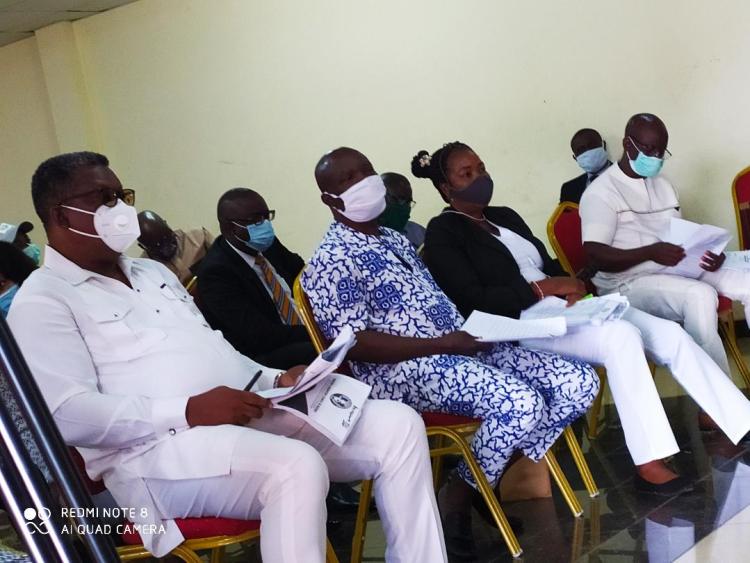Green Blood syndrome is a colloquial description for Sulfhemoglobinemia, a rare condition resulting from exposure to any sulphur containing substance leading to accumulation of excess sulphur in the blood. While the condition is transient and can resolve with erythrocyte turnover, in some cases late recognition and differentiation can lead to Organ damage.
Fact on Sulfahemoglobinemia
• In many cases the blood is not fully green but greenish red
• It mostly occur as a result of ingestion of sulphur containing substances
• Sulfahemoglobinemia can result from ingestion of non sulphur containing drugs
• It is irreversible therefore fresh erythrocytes turnover is required.

What is Sulfahemoglobinemia?
Oxygen molecules attached to hemoglobin molecules within erythrocytes give blood its red color. Green blood discoloration results from the oxidation of the iron in hemoglobin to ferric state where sulfide ion binds to it to form “sulfahemoglobin” (an irreversible molecule that has no oxygen affinity).
Causes
Though ingestion of Sulphur containing substances (e.g. sulphonamide, sulfasalazine, and dapsone) has been identified as the prime cause, in some incidences the following have been theorized:
• Drugs like Acetanilide, Phenazopyridine, nitrates, trinitroluene and metoclopramide
• Accumulation Hydrogen sulphide released by intestinal organisms and glutathione
Methemoglobinemia
A differential of Sulfahemoglobinemia is methemoglobinemia, caused by ingestion of hydroxylamine sulphate (a strong acid). Unlike the later methemoglobinemia is reversed by the administration of methylene blue though the two have been reported to present concurrently in some cases.
Presentation
Most mild cases are asymptomatic but symptoms might include the following depending on severity:
• Greenish discoloration of blood, mucous membranes, and skin
• Oxygen desaturation
• Tachcardia
• dyspnea
Diagnosis
To establish a diagnosis a full history is needed and full physical examination, while blood works can be normal there might be reduction in hemoglobin level. Gas chromatography when available is considered to be the standard method of establishing diagnosis.
Treatment
Usually discontinuing the offending agent (e.g. sulphonamide), results in erythrocyte turnover and subsequent resolution. Exchange blood transfusion or packed cell transfusion is needed in most cases.
Outlook
Sulfahemoglobinemia is a rare condition that mostly resolves on its own without being noticed, clinically identified cases normally require transfusion and supportive managements to prevent end organ damage
ABUJA: Training Schedule for Basic Life Support BLS, Pediatric Advanced Life Support (PALS), Advanced Cardiovascular Life Support ACLS, First Aid, CPR, AED
PORTHARCOURT: Training Schedule for Basic Life Support BLS, Pediatric Advanced Life Support (PALS), Advanced Cardiovascular Life Support ACLS, First Aid, CPR, AED
LAGOS: Training Schedule for Basic Life Support BLS, Pediatric Advanced Life Support (PALS), Advanced Cardiovascular Life Support ACLS, First Aid, CPR, AED





